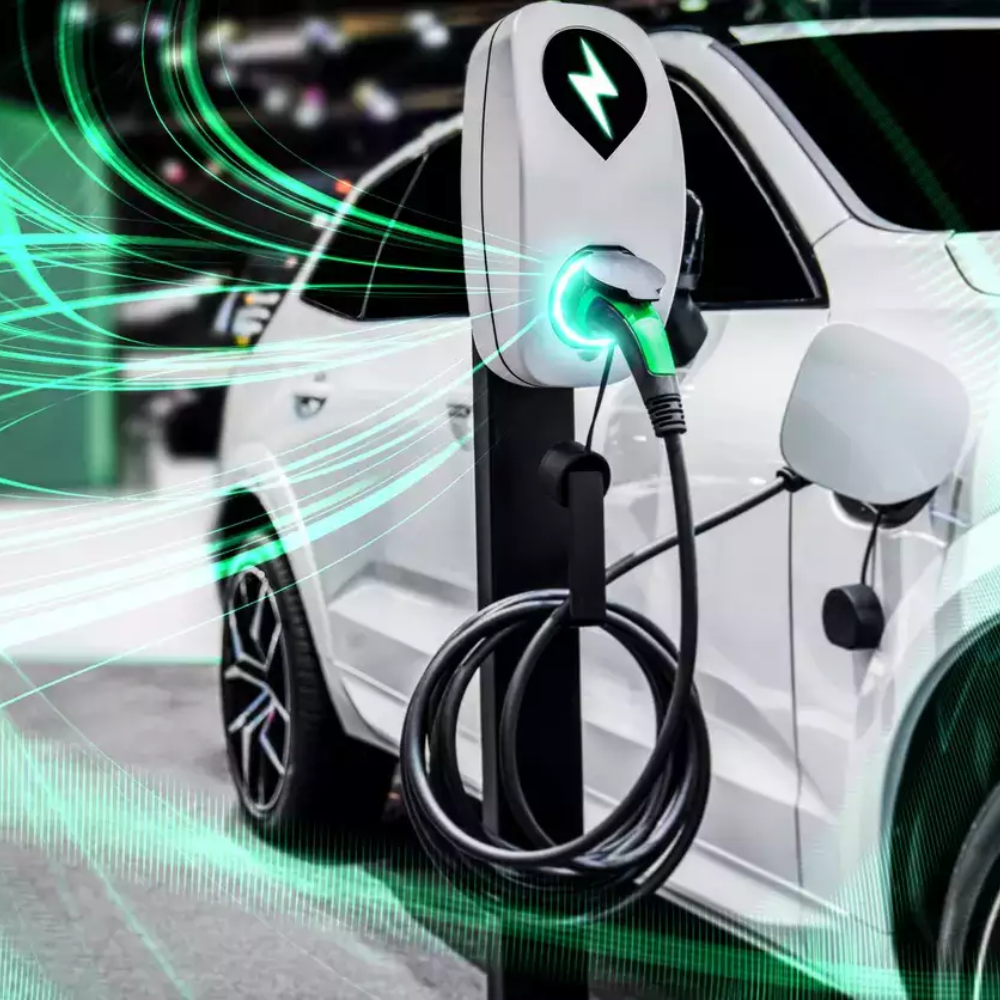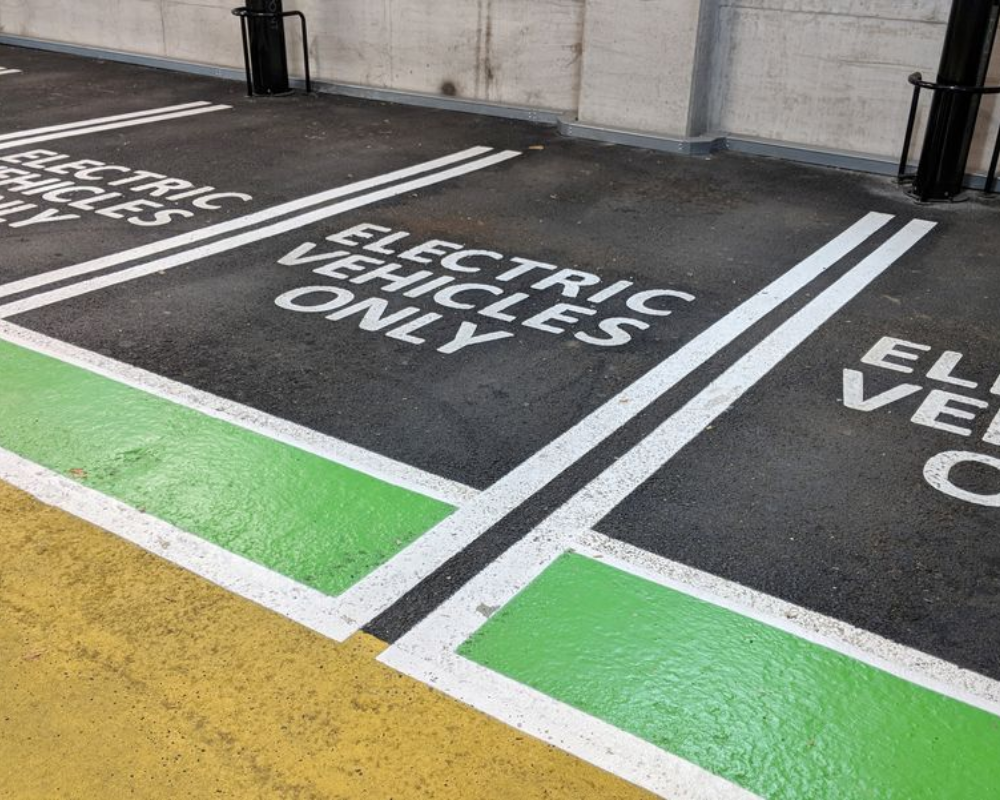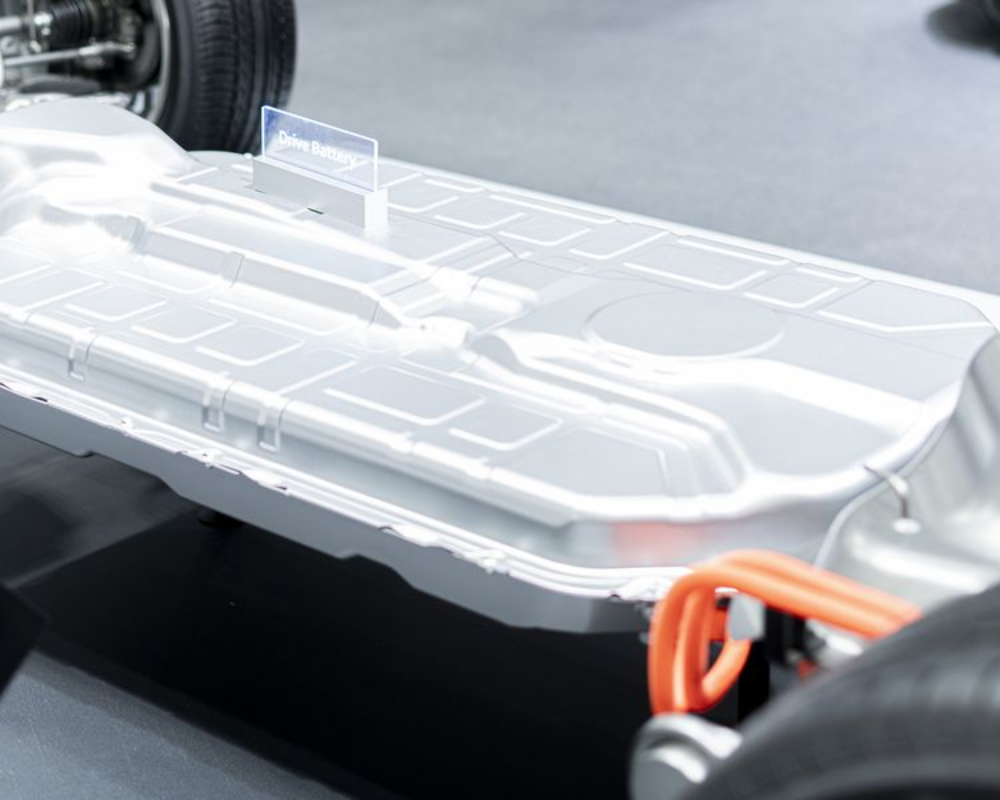
It is very important to keep up with information about the latest technology that graces our world. This applies just as favorably to the latest innovations in the automotive sector – the electric vehicle. Here’s a list of some concepts and words that will help you better understand EVs.
Power
An electrical vehicle’s power is studied in the unit of kilowatts, abbreviated as kW. One kilowatt (kW) is equal to 1000 watts of power. An EV motor is said to have 134 horsepower at 100kW where one kW is 1.34 horsepower. For better understanding, manufacturers convert the kW into horsepower as it is more widely used.
Charging Rate

The charging rate of an EV’s battery is dependent on three factors – the maximum charge rate, the charging equipment’s power level, and how much power can be accepted by the onboard charger. The charging can be done at home, at night, or even at work in the daytime.
EPA Range
The EPA of an electric vehicle refers to the distance it can drive after a single charge. For getting the estimated range numbers, the EV is put on a chassis dynamometer simulating road conditions and the required speeds at different time points. The total number usually seen on the window sticker is based on 45% of the highway test and 55% of the city test.
Efficiency
The efficiency of an EV, or the exact unit of miles per gallon applicable for electric cars, is calculated by dividing the energy used by the vehicle by the usual amount in one gallon of gasoline. It has been noted that an EV is much more efficient than vehicles that use gas.
Battery Pack

A battery pack used in an EV essentially comprises numerous individual cells wired together in modules. These modules are then interconnected, thereby forming the battery pack. This pack is generally kept in a big metal box that has connectors for cooling liquid (for maintaining optimum operating range) as well as current flow.
Motor
Usually, EVs have anywhere from one to four electric motors supplying the power. Generally, the lower-priced models of mainstream electric cars have one while the higher-priced models have another motor for the front axle. These EV motors are larger, more powerful, and more durable than the smaller gas car motors.
Battery Capacity
The EV’s battery capacity is considered in kWh. This is to say exactly how much energy the vehicle’s battery pack can produce and supply in a particular amount of time. An electric vehicle’s peak battery capacity is usually dependent on how much energy it can make.